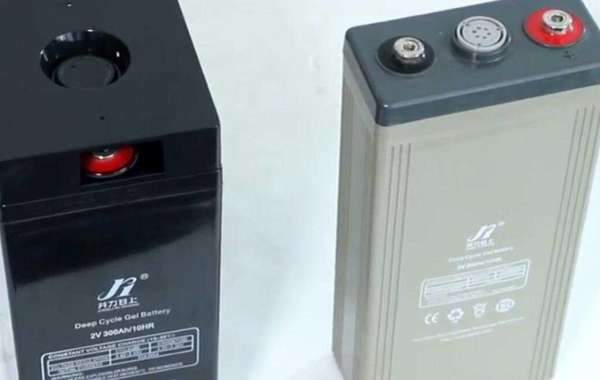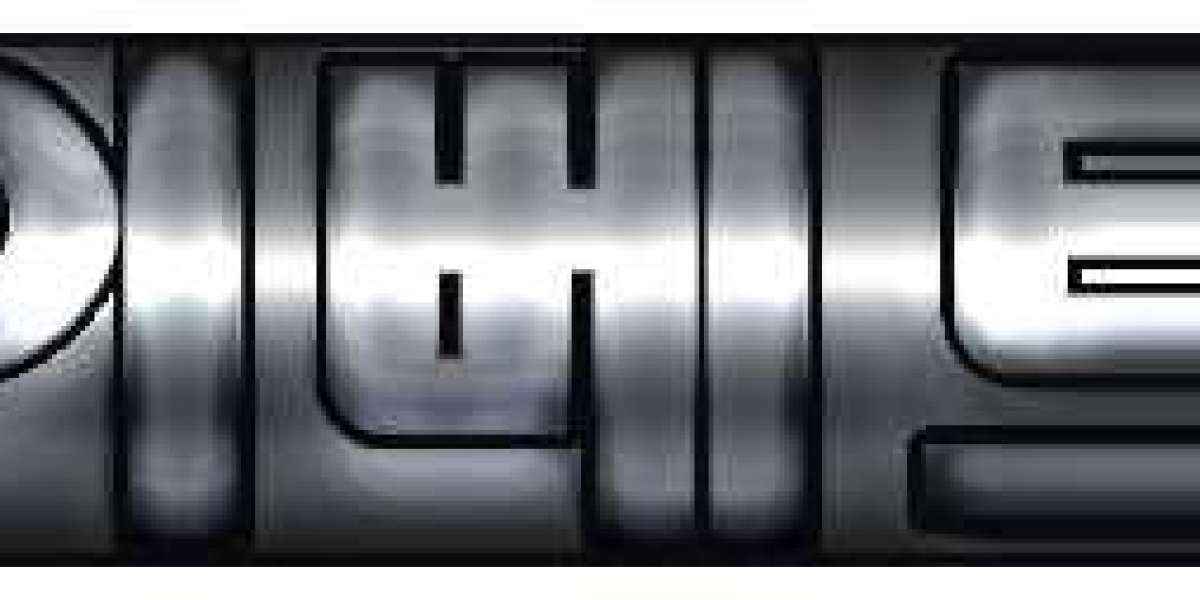Until recently, lead-acid deep-cycle batteries were the most common batteries used for solar off-grid and hybrid energy storage, as well as many other applications. Lead-acid batteries come in many different types and sizes, and can be any of a single-cell (2V) battery, or can consist of multiple cells connected in series to operate at the desired voltage. For example, a normal 12V battery (like the one in your car) is actually made up of 6 2V batteries in series. The most common battery voltages are 2V, 6V, and 12V.
There are several different types of lead-acid deep cycle batteries to choose from, there are four main ones:
4 types of deep-cycle lead-acid batteries: flooded lead-acid (exhaust), valve-regulated lead-acid (VRLA) (contains AGM batteries, GEL batteries), lead carbon-gel electrolyte, and deep cycle OPzV tubular gel.
The oldest and most basic type is the submerged lead-acid battery, where the electrolyte (acid) is in liquid form. Until 10-12 years ago, flooded batteries were the most common deep cycle batteries and are still used in some large off-grid systems. During the charging and discharging of a liquid-filled battery, volatile gases are produced and vented from the battery to prevent pressure build-up. The downside of this is that the electrolyte level drops and needs to be replenished periodically, but this also maintains the battery, so a flooded battery can last a long time (up to 20 years or more) if regular maintenance is done.







